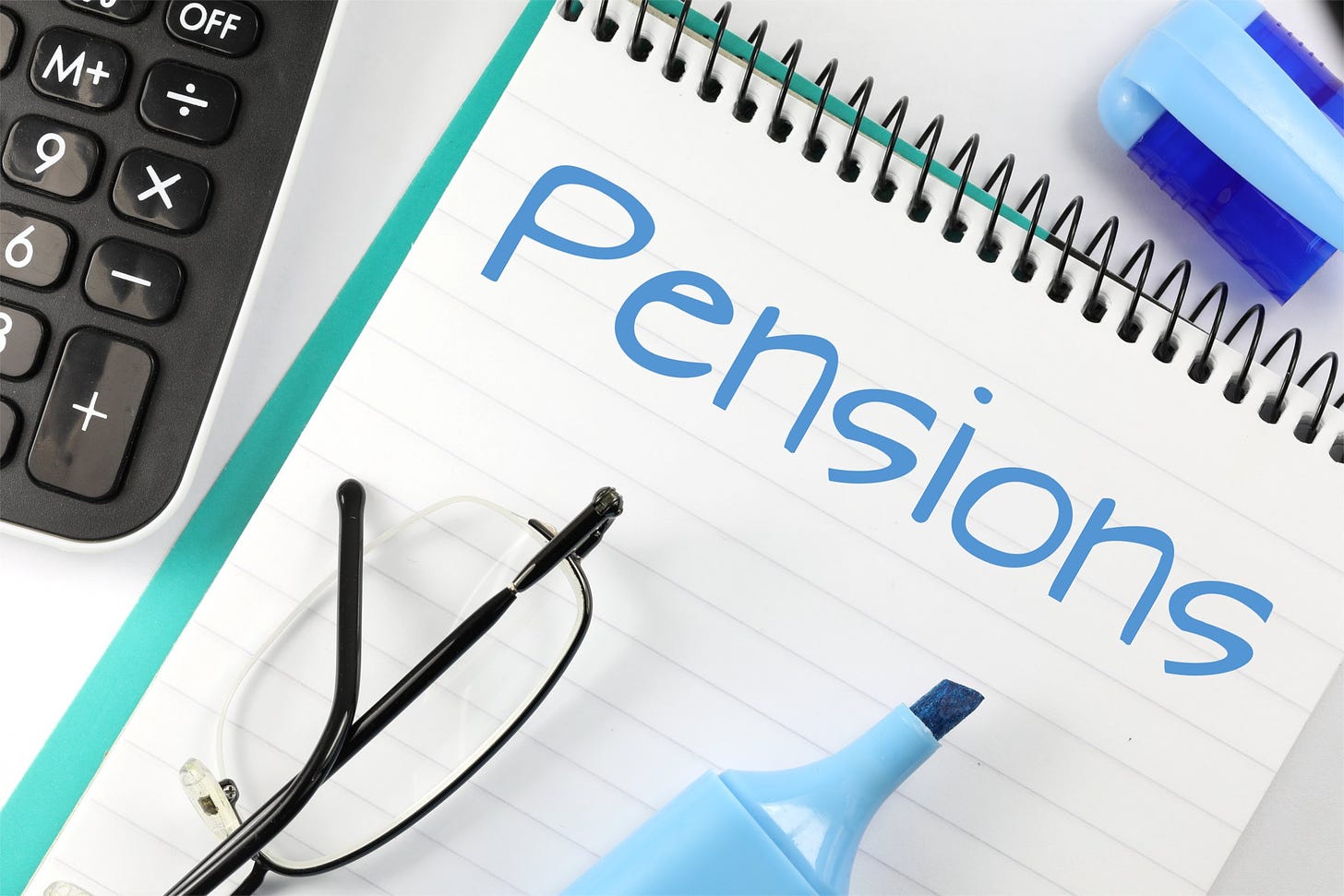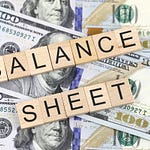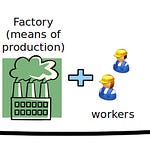(Key: Rob’s comments in italics, Derek’s comments in normal font)
Our topic today is pension plans, how they're supposed to work and why they don't.

Historical Context of Pension Plans
Historically, the majority of people had pension plans that were arranged by their employers. There were a few small independent professionals, like solicitors and accountants, who made their own arrangements. The idea, of course, was to provide an income for when you were no longer able to work or no longer wished to work, adequate to support a lifestyle in line with what you had when you were active. The occupational schemes were generally designed to provide you with an income of two-thirds of your final salary when you reached retirement. The idea was that you wouldn't need quite as much as you had throughout your working life because you’d have finished the expenses of bringing up your children and getting them educated. You'd have made your major investments in housing and might have a bit of savings and investments by then anyway. This was functional for a long time, from when these schemes started in the mid-19th century up until about the eighties when they began persuading people to change the arrangements.
The Structure of Pension Plans
Now, the way they work is that over the course of your working life, regular payments were made into a fund, called by various names such as a retirement account or superannuation. Sometimes this was entirely contributed by the worker, and other times there would be a portion that the employer put in. The latter was probably more usual. The individual didn't really notice it because it came out of their pay packet and was more or less invisible to them. So there was a period of accumulation and then a period of distribution. At the moment of retirement, what had been accumulated in the retirement account was used to purchase what they call an annuity.
An annuity is like a life insurance policy in reverse. Instead of paying regular premiums, as with a life insurance policy, and then your survivors getting a payout if you die prematurely, you pay a lump sum to a life insurance company and get a weekly, monthly, quarterly, or yearly payout for as long as you're alive. This is based on statistics of how long people are likely to live post-retirement. If done another way, you could accumulate a fund over your lifetime, buy a safe investment, and live on the income indefinitely. However, with an annuity, you can have a larger income because the insurance company can realize they will get the capital back when the annuity expires on your death.
Changes in Pension Schemes
I was just thinking about the difference between my dad's generation and my generation. My dad worked for Unilever his entire working life, and he retired with a reasonable pension, which was a certain amount of his final salary. That feels like an alien world to me. I have one pension from an employer scheme, which I accepted because they were paying into it as well. When I'm 55, I can take a tax-free allowance and go on holiday with it. That's basically my plan. So I need another way to fund my retirement, which I need to work out. I think a lot of people my age, 20 to 40, are in a similar boat.
That is absolutely the case. When these schemes were introduced, many so-called financial advisors sold them to people, presenting various optimistic projections. For instance, my advisor assumed a 16% annual compound interest rate, which he called conservative. When retirement came, the returns were around 10% of what had been projected. Over the years, the real returns have been much lower than historically, partly due to inflation and understated official inflation figures, and partly due to the amount skimmed off at every level of the operation.
The Erosion of Returns
There’s a transaction fee every time that if you’ve got an amount of money that’s been invested in a pension fund and that’s being invested into various stocks and various bonds, there’s a fee every time that happens, surely.
Exactly. The fund managers pay a fee to stock brokers every time they buy or sell something, draw their own management fees, and the advisor who sold the fund gets a commission. Shockingly, the entire first year's contributions often go to pay the advisor's fee. This is part of the "goo" of the financial system, absorbing much of what you put in.
Modern Pension Options and Advice
For the average 20 to 30-year-old, what would the advice then be? Is it worth having a pension?
For young individuals today, the options are limited. It is vital to make realistic decisions about contributions, aiming for a substantial proportion of your income if possible. Modern options like self-invested personal pensions (SIPPs) allow for more control and potential tax advantages, though they require a higher level of financial literacy and involvement.
Conclusion
Interesting times, indeed.
Yes, indeed. The landscape for retirement planning has drastically changed. Understanding these changes and the new options available is crucial for financial stability in the future. It’s about being proactive, staying informed, and making strategic decisions with the resources available.
Thanks for reading this episode of Sovereign Finance. For more episodes, transcripts, in-depth articles, and the community, please take a minute now to subscribe free using the button above. You’ll receive a free email notification whenever we publish a new article or conversation.















Pensions: How They Work, And Why They Don't!